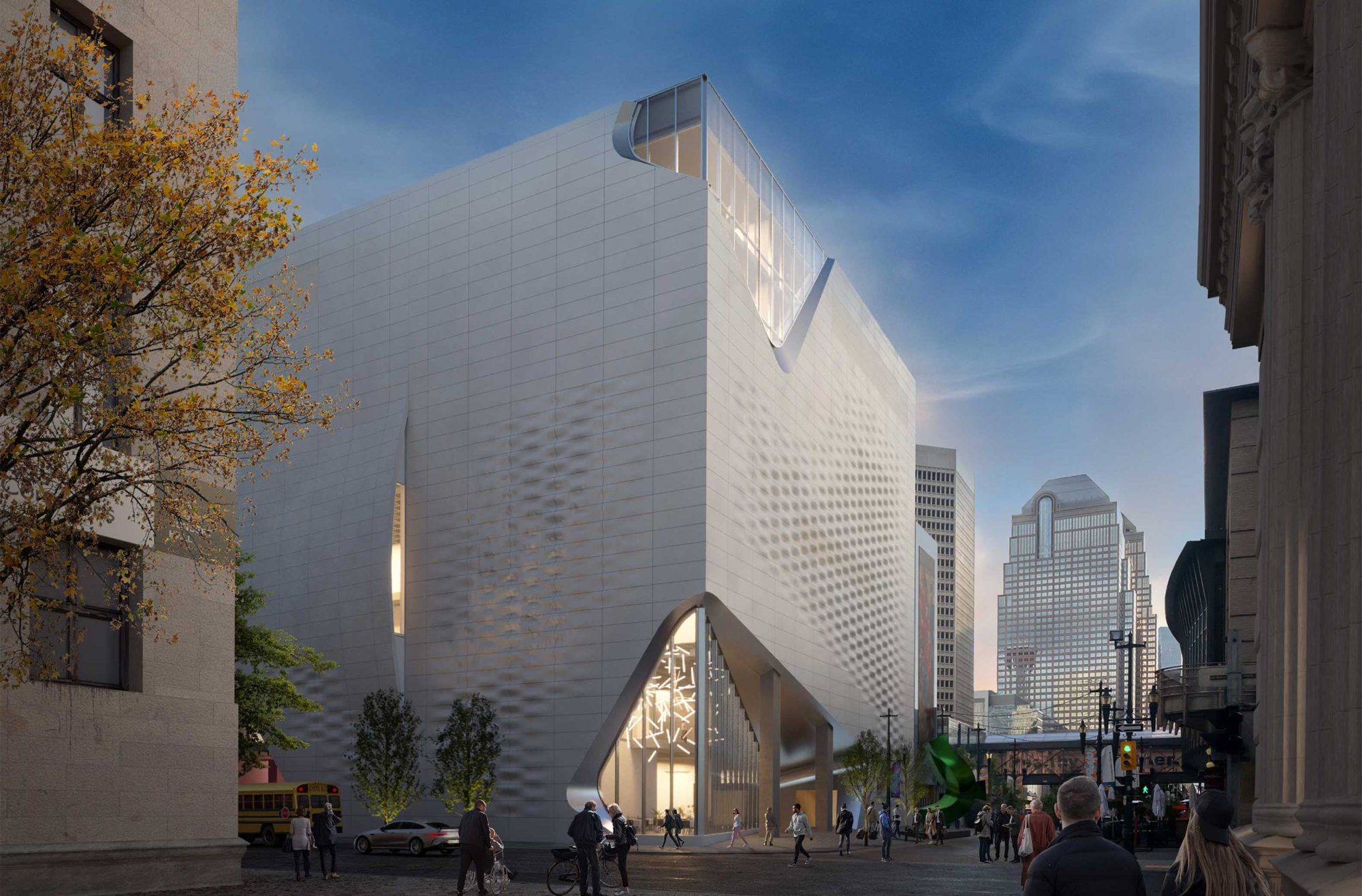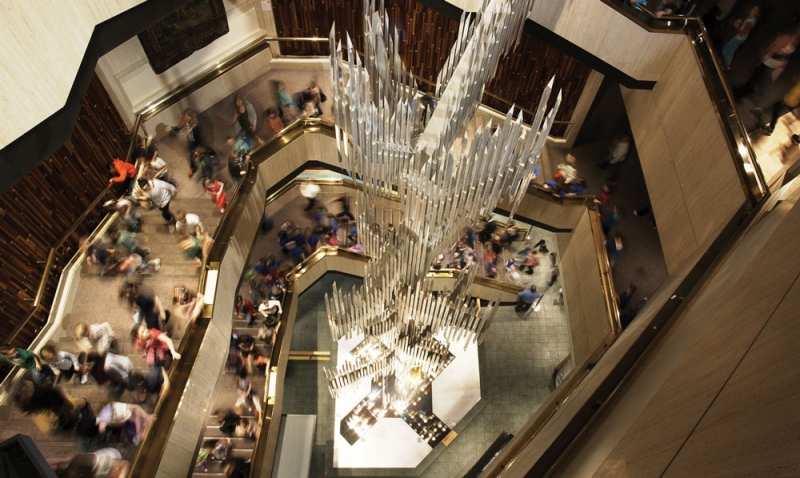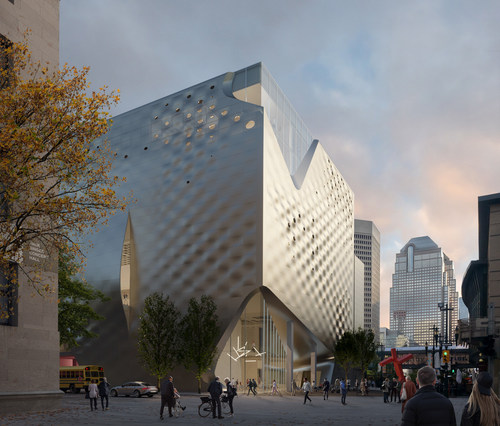Discover Regarding the Historic Significance of Glenbow Gallery in Calgary
The Glenbow Gallery, a foundation of Calgary's cultural heritage given that its creation in 1966, offers not just as a database of artifacts but likewise as a vibrant system for exploring the intricacies of Western Canadian history and Native art. Its collections reflect pivotal events and cultural stories that add to copyright's progressing identification. As the gallery proceeds to engage with the community with innovative programs and events, one may question exactly how its function may adjust in an ever-changing social landscape. What exists ahead for this establishment as it browses the junctions of background and contemporary dialogue?
Structure and Early Years
The Glenbow Gallery's structure in 1966 marked a zero hour in Calgary's cultural landscape, mirroring the city's expanding dedication to the arts and heritage. Established by the Glenbow Structure, the museum aimed to develop a vibrant room for the collection, conservation, and exhibition of art and historic artefacts. The vision was to foster a deeper understanding of the diverse societies and backgrounds that shaped the area.

In Addition, the Glenbow Gallery's commitment to education and outreach programs laid the groundwork for its long-lasting effect. By promoting partnerships with schools and area organizations, the museum emphasized the value of cultural literacy and historic understanding. Thus, the structure and very early years of the Glenbow Gallery contributed fit Calgary's identity as a vibrant facility for arts and society.
Aboriginal Art and Culture
A substantial facet of the Glenbow Museum's mission is its devotion to Indigenous art and society, which plays an important role in the story of copyright's history. The museum acts as a platform to display the rich and varied artistic expressions of Aboriginal individuals from across the country, cultivating a deeper understanding of their backgrounds, customs, and modern experiences.
Through its considerable collection of Aboriginal artifacts, artworks, and events, the Glenbow highlights the value of Aboriginal societies fit copyright's identification. This dedication appears in the gallery's collaboration with Aboriginal artists, curators, and area members, guaranteeing their voices are prominently featured in events and programming.
The Glenbow likewise takes part in academic campaigns focused on advertising understanding and admiration of Native viewpoints. By hosting workshops, lectures, and social events, the museum supplies possibilities for site visitors to learn more about the complexities of Aboriginal art forms, storytelling, and spiritual methods.
In doing so, the Glenbow Gallery not just preserves Native heritage yet also adds to the continuous discussion about reconciliation, respect, and acknowledgment of Indigenous legal rights and contributions in the more comprehensive Canadian context.
Western Canadian Background
Within the context of Canadian background, Western Canadian history encompasses an abundant tapestry of occasions, cultures, and growths that have actually considerably shaped the nation's identity. This region, defined by its diverse landscapes and native populaces, has actually played a crucial role in the wider story of copyright. The fur trade, started in the 17th century, noted one of the earliest economic activities, fostering partnerships between European settlers and Indigenous peoples and resulting in the establishment of trading posts that ended up being fundamental to Western expansion.
The arrival of settlers in the 19th century, driven by the guarantee of land and possibility, militarized substantial group and social changes. The advancement of railways helped with not only economic development yet likewise the activity of individuals and ideas, intertwining various social impacts. Trick historical events, such as the North-West Rebellion of 1885, highlight the tensions between Aboriginal areas and inhabitants, shaping political discourse and plans that resonate to today.

Community Engagement Efforts

In addition, Glenbow hosts normal workshops and interactive occasions made to involve numerous demographics. These campaigns not only improve visitors' experiences but likewise encourage discussion and collaboration amongst area members. The gallery's concentrate on inclusivity is more exhibited with partnerships with local companies, which help to amplify underrepresented voices and tales.
Via its dedication to neighborhood interaction, the Glenbow Museum serves as a vital social hub, nurturing interest and imagination. By providing opportunities for hands-on learning and engagement, the gallery strengthens its function as a facilitator of cultural exchange, permitting people to create personal links with the rich background and creative expressions of Western copyright - Glenbow Museum location. Eventually, these initiatives add to a lively community identification and a much deeper understanding of shared heritage
Present Exhibitions and Future Directions
Regularly showcasing a varied array of exhibits, the Glenbow Museum remains to highlight both historical and modern narratives that resonate with the area. Presently, the museum features events that explore Aboriginal art, More Help Canadian history, and modern social concerns, fostering a discussion in between past and existing. Significant exhibits consist of "Uninvited: Canadian Ladies Musicians in the Modern Minute," which explores the payments of females artists and their effect on the art scene.
Looking in advance, the Glenbow is poised to expand its programs to consist of even more interdisciplinary projects, working together with neighborhood artists and chroniclers to develop immersive experiences that reflect Calgary's developing identification (Glenbow Museum location). Future events aim to engage a wider target market by incorporating electronic media and interactive components, making sure accessibility for all visitors
Furthermore, the gallery intends to boost community involvement with workshops and academic programs, enhancing its dedication to being a social center that reflects the varied voices of the area. By continually evolving its exhibition offerings and outreach efforts, the Glenbow Museum stays a crucial organization committed to protecting and analyzing the abundant tapestry of Alberta's background and imaginative expression.
Conclusion
The Glenbow Gallery offers as an essential organization in Calgary, promoting an understanding of both Indigenous and settler histories. Via its extensive collections and ingenious exhibitions, the gallery protects and showcases the rich tapestry of Western Canadian society. Neighborhood engagement initiatives further boost its role in advertising cultural literacy and discussion. As the gallery remains to advance, it stays committed to promoting historical recognition and settlement, ensuring its importance in the cultural landscape of copyright sustains.
Please visit one of our local supporters - Alpine Exteriors - Siding And Roofing Companies